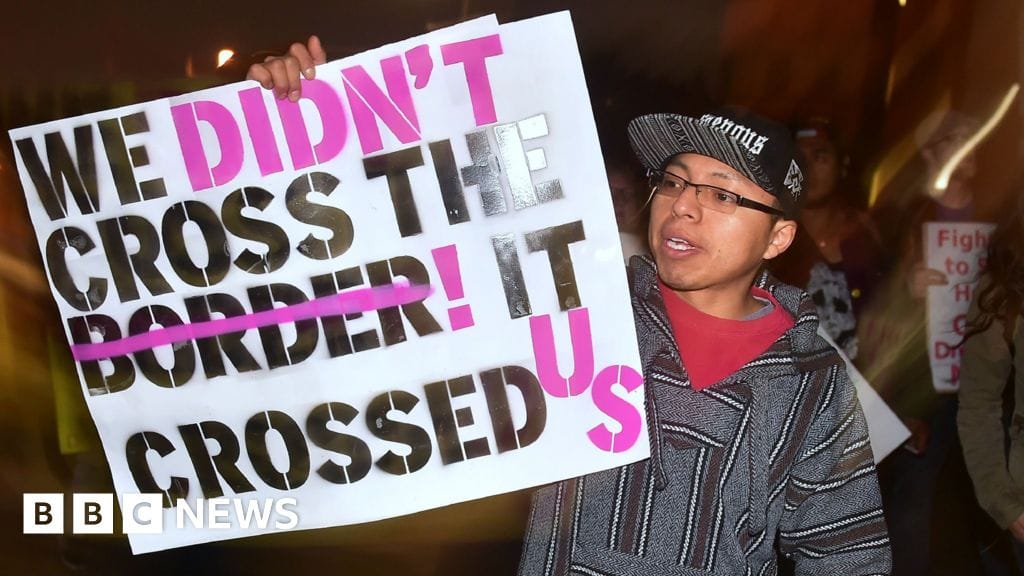Concurrent Crises: North Korea’s Mortality and the Ukraine Conflict
The ongoing conflict in Ukraine, marked by intense fighting and significant loss of life, has understandably captured global attention. However, a separate and equally concerning humanitarian crisis is unfolding in North Korea, where reports suggest a substantial increase in mortality rates. It is crucial to examine these two distinct, yet concurrently occurring, events independently, avoiding any implication of a direct causal relationship.
The situation in Ukraine involves a large-scale military conflict, with casualties stemming from direct combat, civilian casualties from shelling and bombing, and the disruption of essential services like healthcare and food supply. The conflict’s devastating impact on the Ukrainian population is widely documented, with numerous international organizations providing aid and assessing the humanitarian needs. The scale of destruction and the human cost are immense, requiring a sustained international effort for reconstruction and recovery.
In contrast, the situation in North Korea presents a different set of challenges. While precise figures are difficult to obtain due to the country’s strict information control, numerous reports from international organizations and human rights groups point to a significant rise in deaths, potentially linked to factors such as food shortages, inadequate healthcare infrastructure, and the ongoing impact of international sanctions. These factors, compounded by the country’s already challenging economic conditions, have created a precarious humanitarian situation. The lack of transparency and independent verification makes a comprehensive assessment challenging.
The causes of increased mortality in North Korea are complex and multifaceted. Food insecurity, exacerbated by natural disasters and economic mismanagement, is a major contributing factor. Limited access to essential medicines and healthcare services further exacerbates the situation, leaving many vulnerable to preventable diseases and illnesses. The impact of international sanctions, while intended to pressure the North Korean government, also indirectly affects the civilian population, limiting access to vital resources.
Understanding the dynamics of both crises requires careful consideration of their unique contexts. The Ukraine conflict is a direct result of military aggression, while the North Korean situation is a consequence of a complex interplay of internal policies, economic hardship, and international relations. Both situations underscore the urgent need for humanitarian assistance and international cooperation. In Ukraine, this involves providing immediate aid to displaced persons, supporting the reconstruction of infrastructure, and promoting a peaceful resolution to the conflict. In North Korea, it requires addressing food insecurity, improving healthcare access, and finding ways to alleviate the negative consequences of sanctions while upholding human rights principles.
The international community’s response to both crises differs significantly. The Ukraine conflict has prompted a large-scale international response, involving military aid, humanitarian assistance, and diplomatic efforts. The response to the North Korean situation, however, is more complex, often constrained by the country’s isolationist policies and the challenges of delivering aid effectively. This disparity in response highlights the complexities of navigating humanitarian crises in different geopolitical contexts.
Both the Ukraine conflict and the situation in North Korea represent significant humanitarian challenges. While the nature and causes of these crises differ, they both underscore the urgent need for international cooperation, effective humanitarian aid, and a commitment to protecting civilian populations. Continued monitoring and assessment of both situations are critical for informing effective responses and mitigating future suffering. Further research and data collection are crucial to gaining a more comprehensive understanding of the complexities involved in both crises and to better inform humanitarian efforts.


